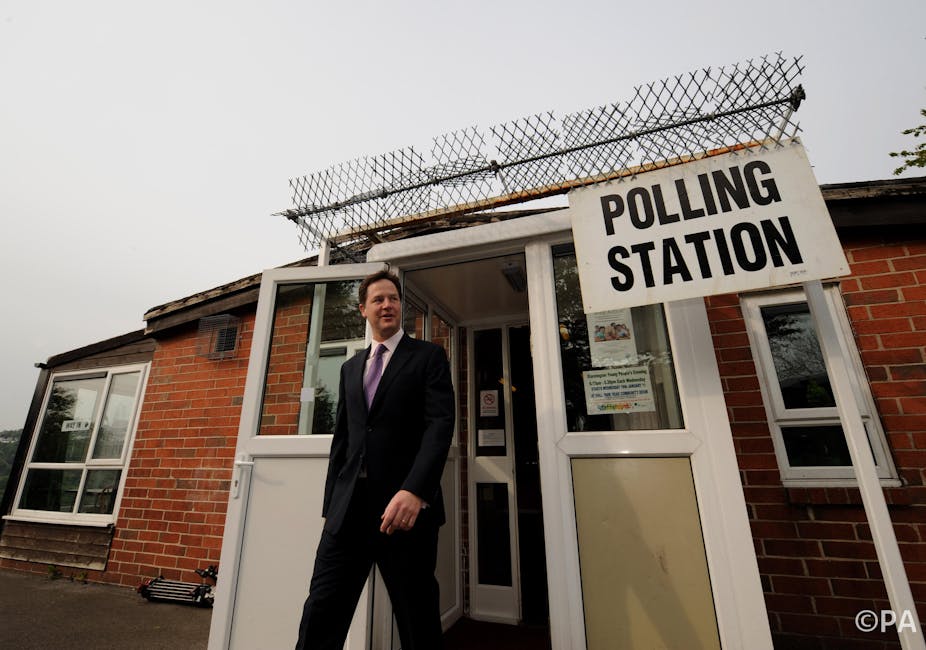By the measure of current polling, the Liberal Democrats are set for a terrible night on May 7, securing only around 8% of the vote. Their grand gamble with the Conservatives in 2010 has simply not paid off.
When the Liberal Democrats entered into coalition with the Tories, they were digesting a strangely disappointing moment, after faring much worse than predicted in a promising campaign. Nevertheless, Nick Clegg’s party held the balance of power and took the opportunity to enter government.
This, it was argued, was the moment to demonstrate that coalition government could work, that the two-party system was no longer fit for purpose, and that politics could be done in a different way – ideas at the core of the party’s ethos.
Those early days of the coalition indeed held great promise, and at first it seemed that the Liberal Democrats had done well out of the post-election negotiations. The coalition agreement, for example, seemed to reflect the Liberal Democrats’ ideological position at least as much as it did the Conservatives’. The party secured agreement on key manifesto pledges around tax cuts, a pupil premium, political reform and a sustainable economy.
In addition, the party was well-represented in government – securing five out of 22 ministerial posts, 12 junior ministerial posts and about 30% of cabinet committee places.
But in practice, the Liberal Democrats’ taste of power has been somewhat bitter.
The only way is down
Within months of assuming office, the Conservatives had taken full control of the agenda, rolling out ambitious reform programmes in health, education and welfare. In comparison, Liberal Democrat victories on taxation and the pupil premium seemed marginal gains, and many key pledges were not successfully implemented.
In the case of electoral reform, they were humiliated at the ballot box, as the alternative vote system was rejected by 67.9% to 32.1%.
The party’s reputation also took a battering. For signing up to the Conservative’s austerity agenda and reneging on its pledge to scrap university tuition fees, the party saw its poll ratings plummet, routinely struggling to hit 10% – this after the halcyon days of the 2010 campaign, during which some polls even had them in the lead.

In material terms, since 2010, the Liberal Democrats have also lost hundreds of council seats, and they now have fewer than 3,000 councillors for the first time in their history. At the 2014 European elections, they lost seats in every region apart from the South East of England, attracting just 6.9% of the vote compared to 13.7% in 2009. The party’s membership also fell by 35% between 2010 and 2012.
This story already appears to have been written: the Liberal Democrats took a gamble that being in power would pay off, and aside from some small consolation prizes, they appear to have lost.
The true extent of this miscalculation will only be apparent at the polls on May 7, and after any negotiations that ensue in the event of a hung parliament. As the heady campaign of 2010 showed, there’s no predicting what can happen once the campaign proper gets underway.

